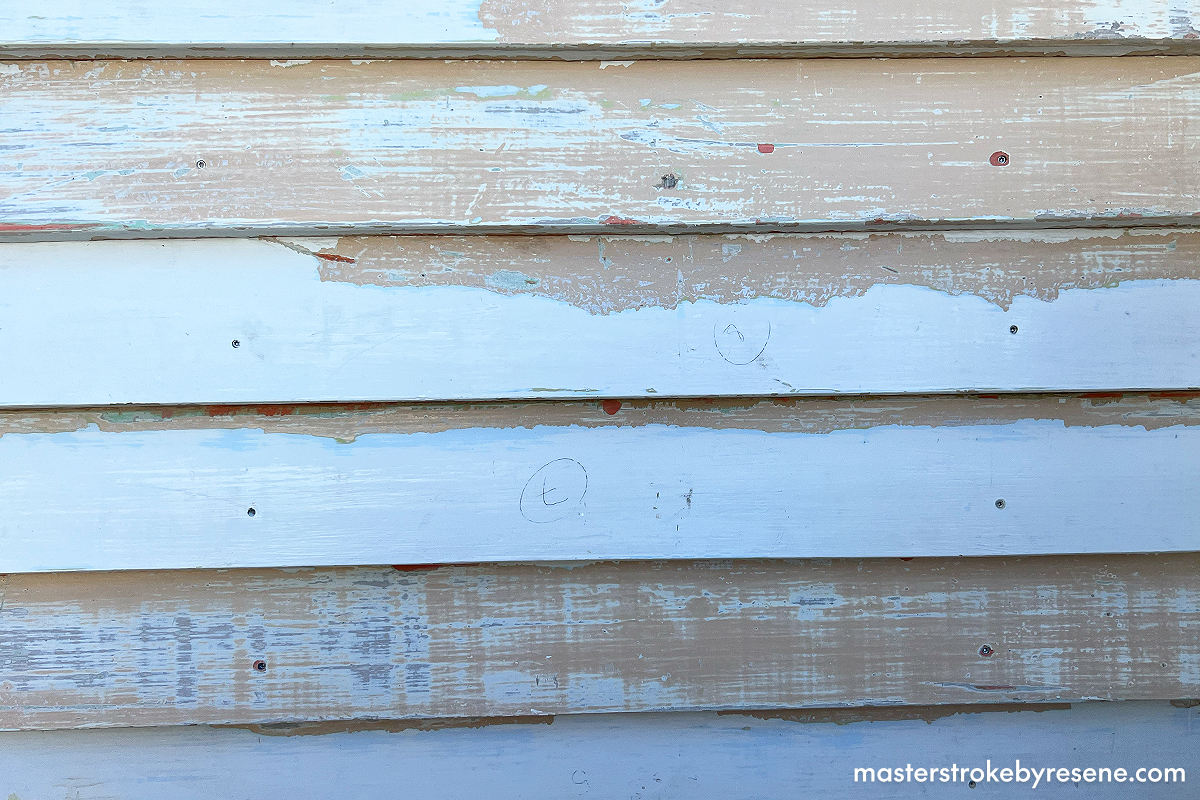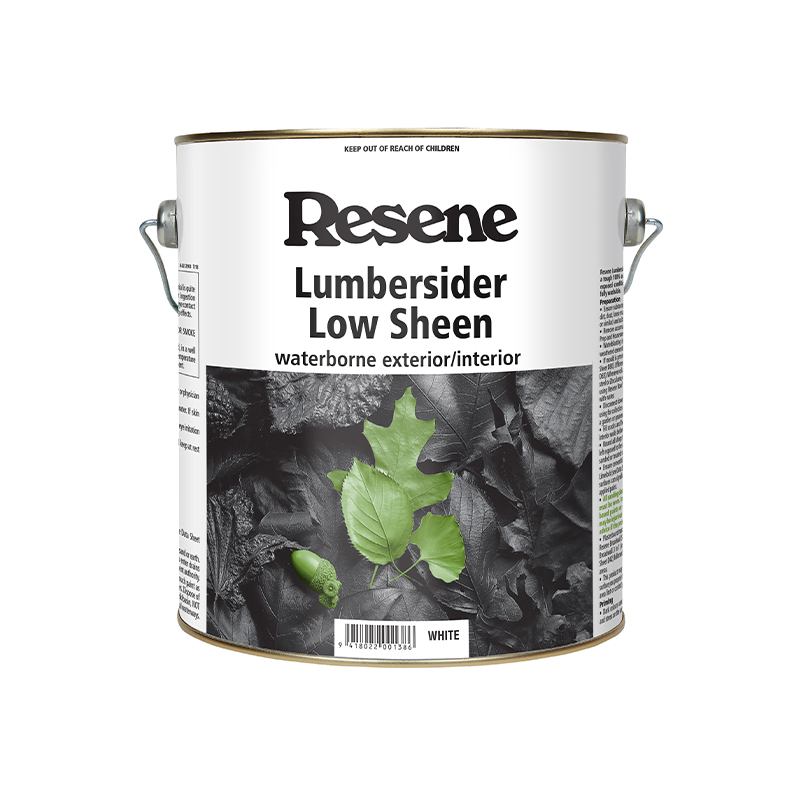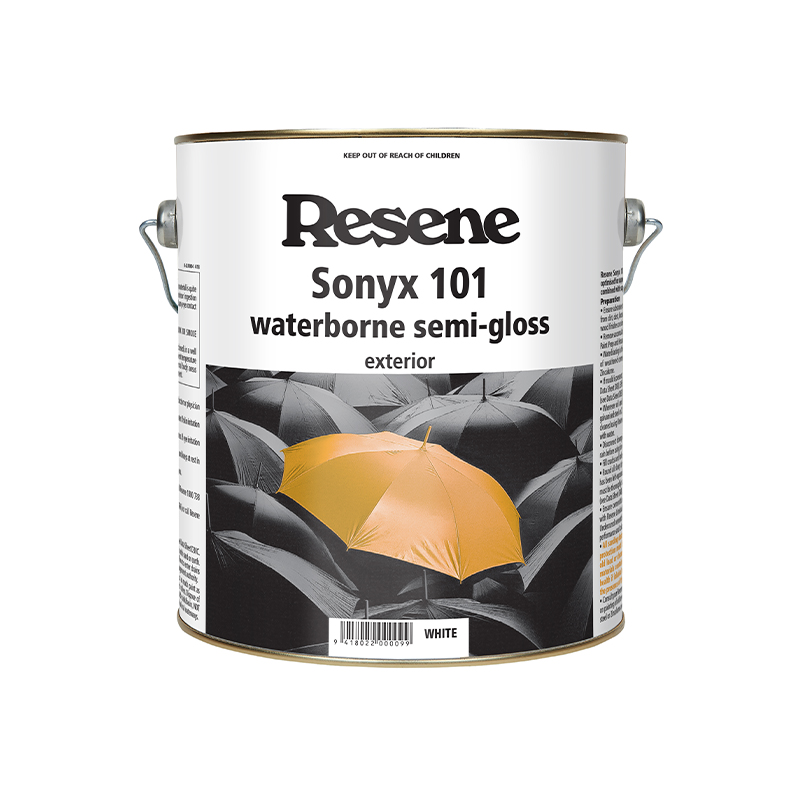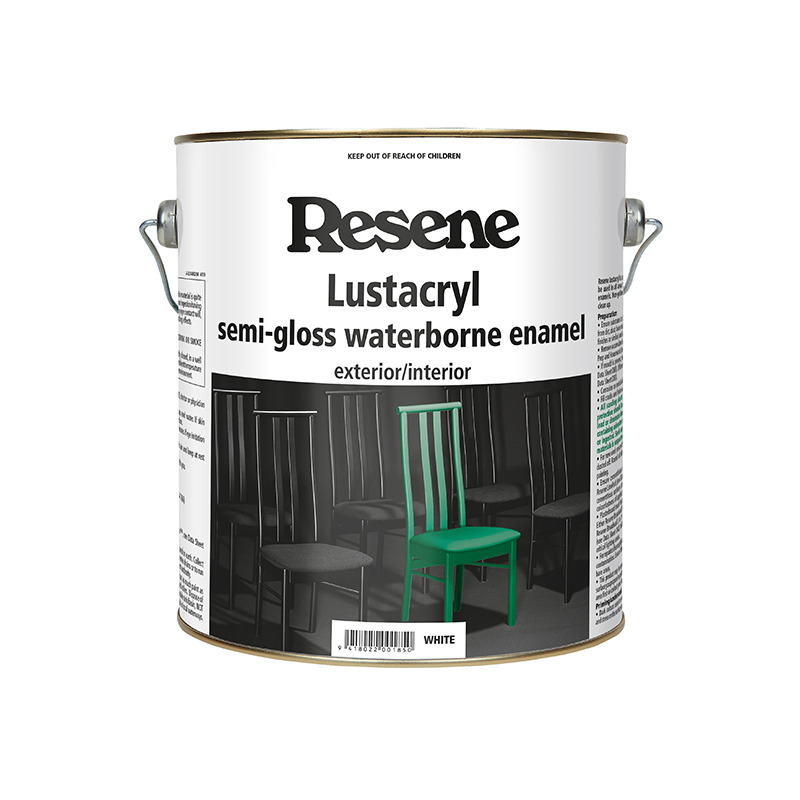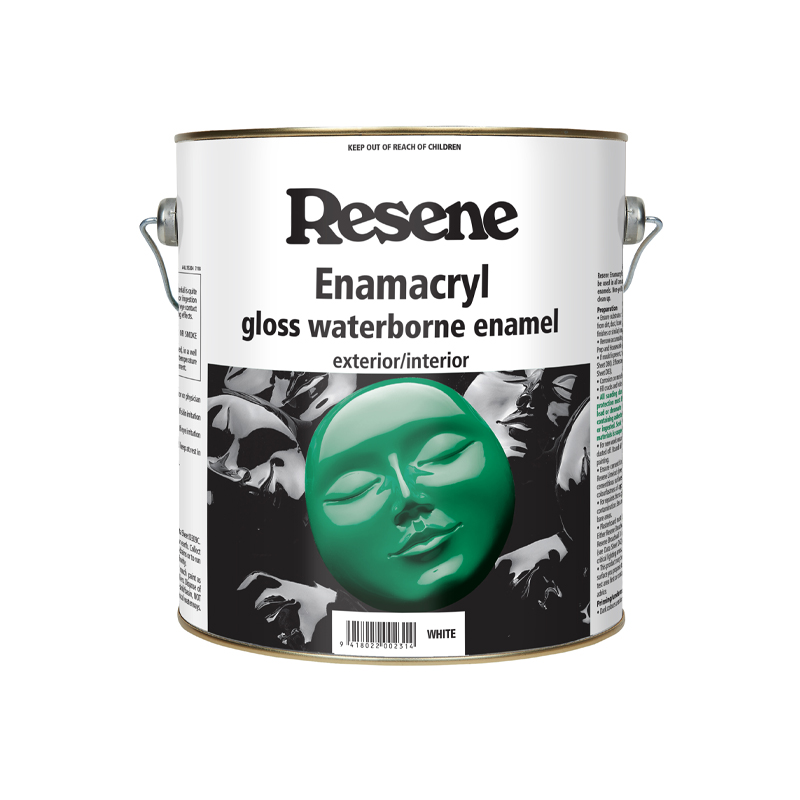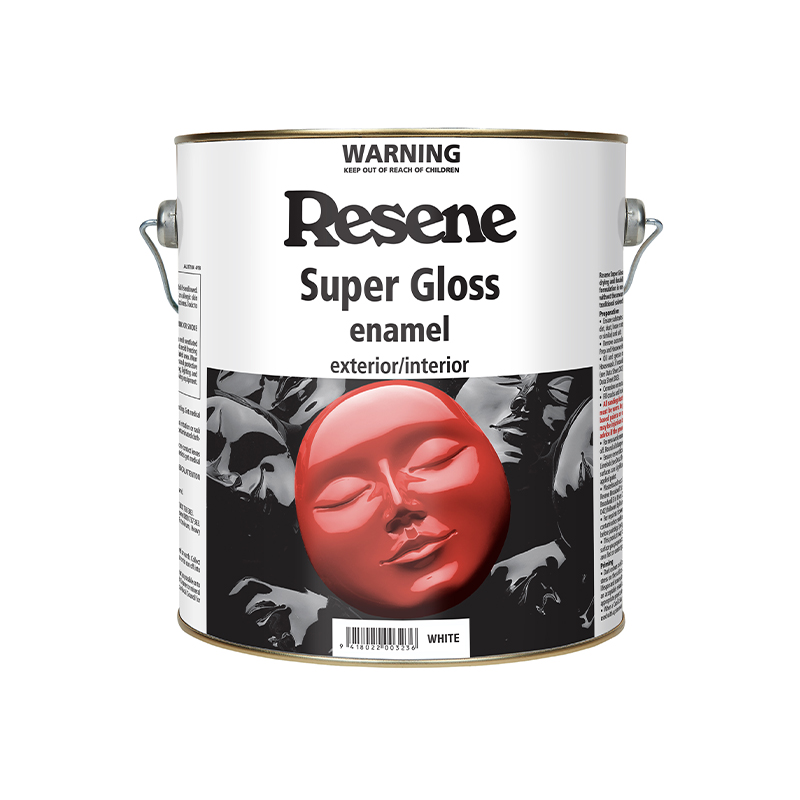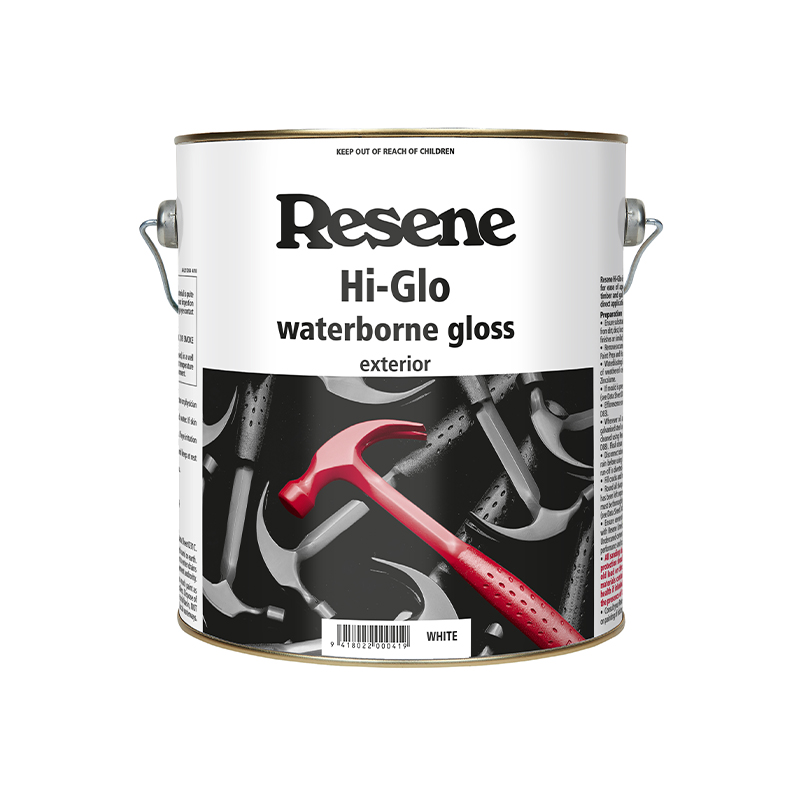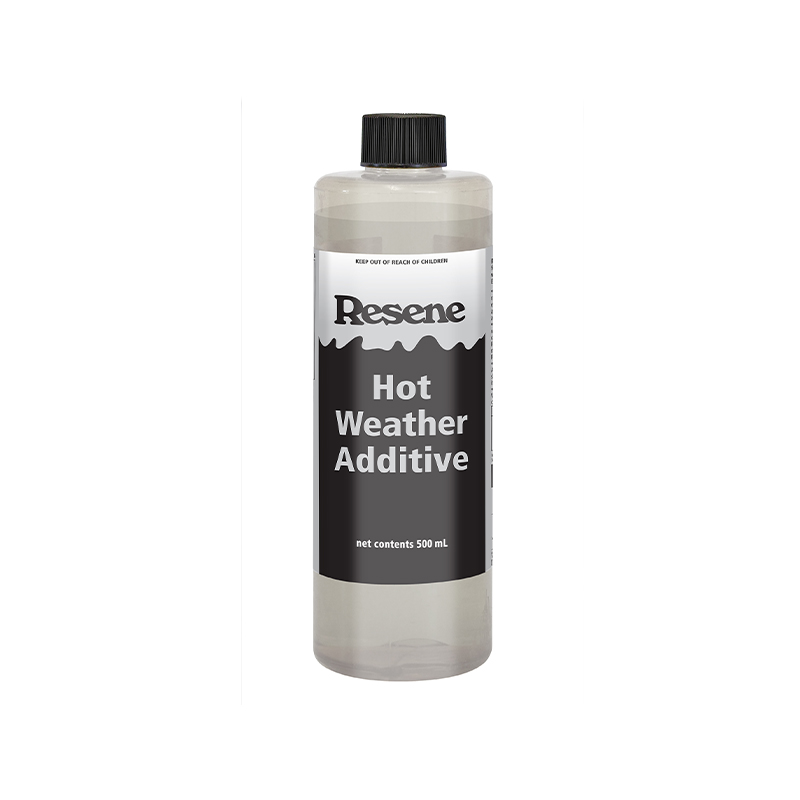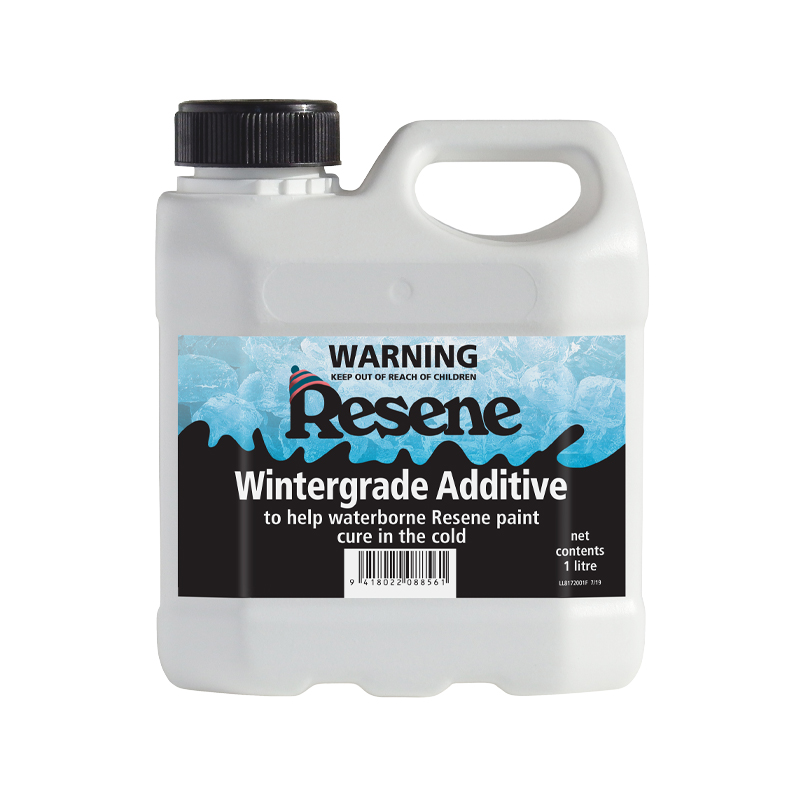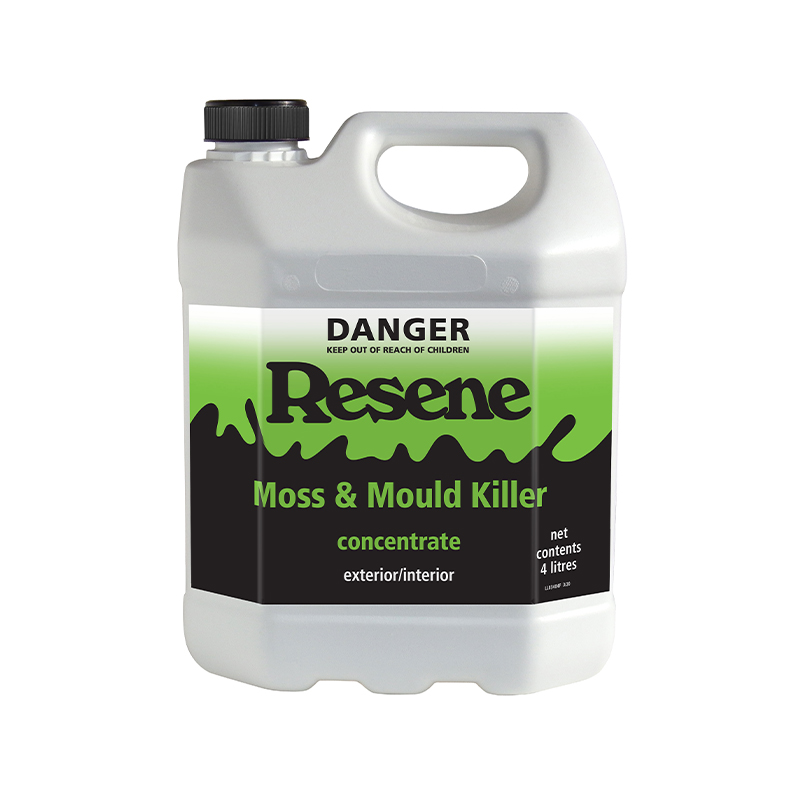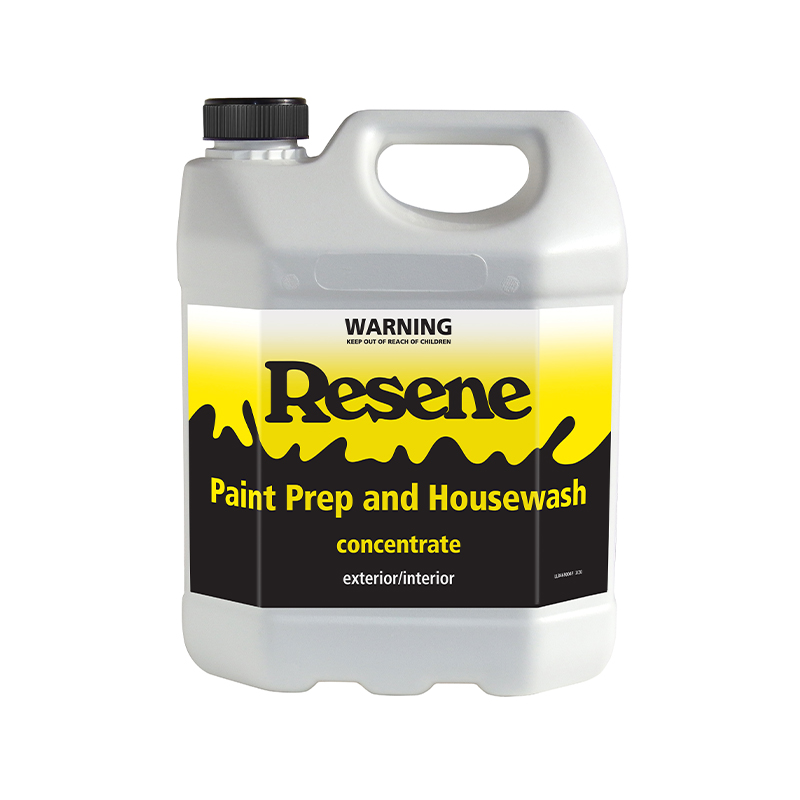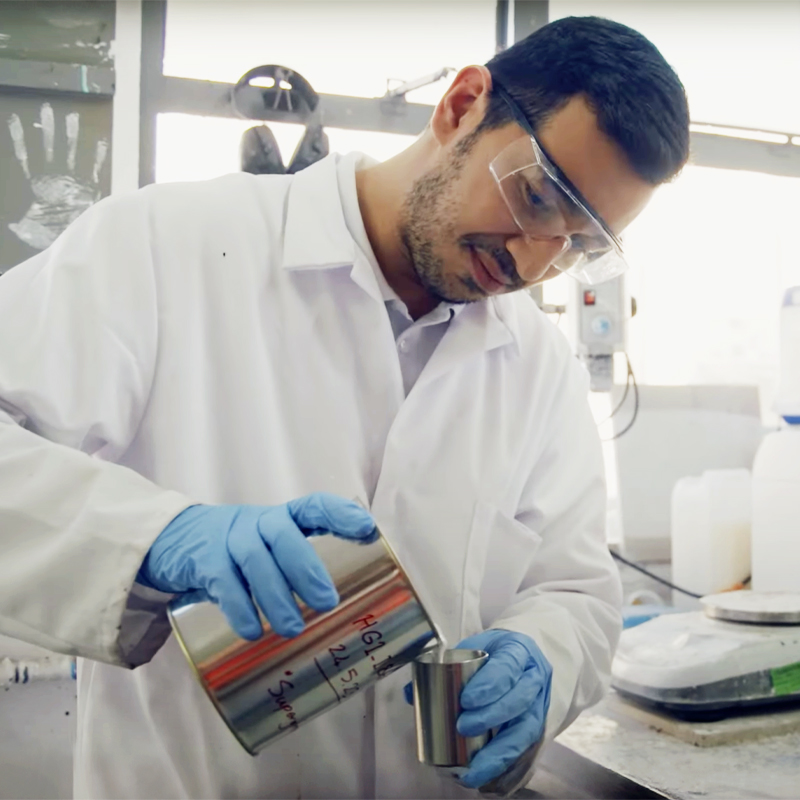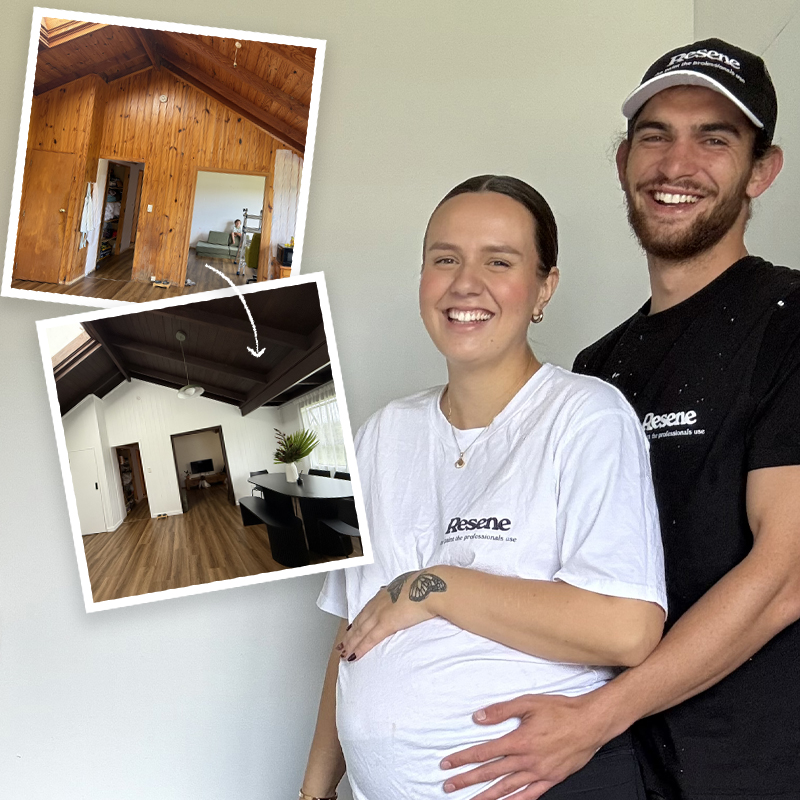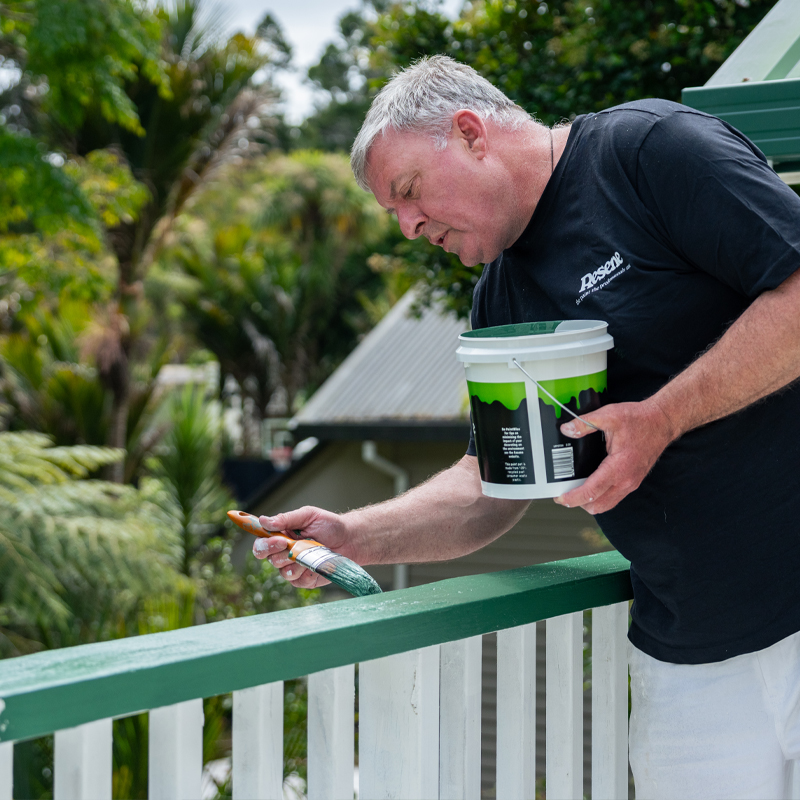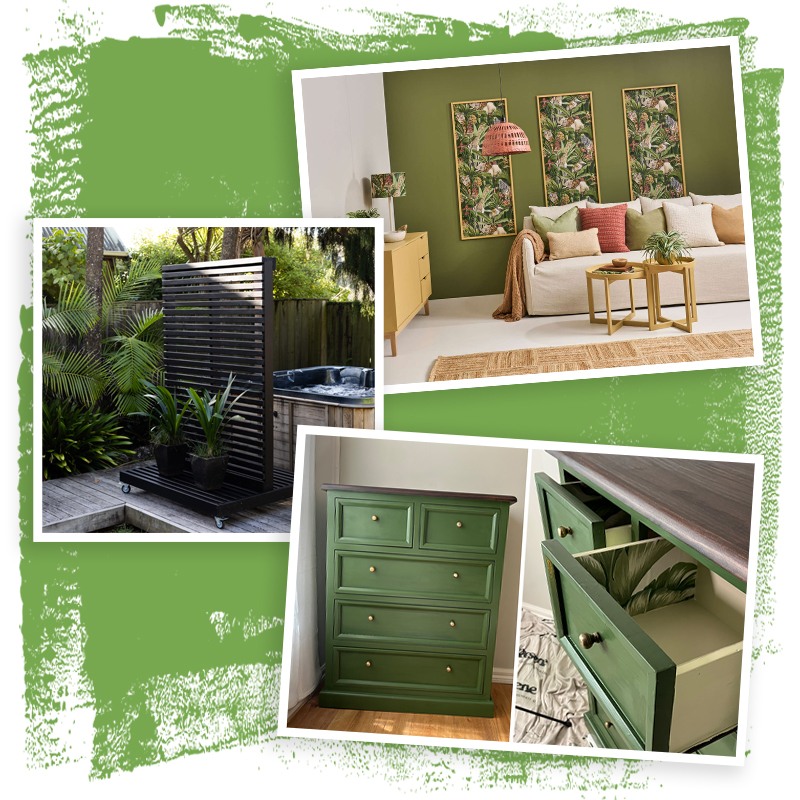Painting the exterior of your house can be an intimidatingly big job, but once complete it’s immensely satisfying. If your home has weatherboards like many villas, bungalows or 1950s houses, repainting will take time but is a relatively simple task.
What type of paint to use on weatherboards
Before you start, consider what type of finish you’d like for your exterior. Resene Lumbersider Low Sheen is an Eco Choice-approved paint ideal for a number of exterior projects, including weatherboards. It’s low sheen will help to hide surface imperfections. Resene Sonyx 101 is an exterior semi-gloss paint which creates a sleek look, allowing architectural features such as fretwork standout. The semi-gloss sheen makes it easier to clean than a low sheen finish. For wooden joinery, trims and front doors, Resene Lustacryl semi-gloss will do the trick, or if you prefer a higher gloss finish use Resene Enamacryl or Resene Super Gloss.
Why choose Resene?
Using Resene to paint your weatherboards is a no-brainer. While it might be tempting to use cheap paint, this can be a false economy. Resene is a quality paint and will last longer between paint jobs and you can get a quality finish in two coats. Exterior paints Resene Lumbersider Low Sheen, Resene Sonyx 101 semi-gloss and Resene Hi-Glo gloss are designed especially for New Zealand and Australia’s harsh outdoor conditions – they can withstand high ultraviolet light levels, water, moisture and drastic temperature changes.
It’s important to note that although some brands may claim they can colour match, this is done with lower quality paint and tinters, which means you’re sacrificing a quality finish on your project. Resene tinters and formulations are unique and exclusive to Resene and no matched colour will ever be ‘true’ without using the Resene paint and tinters that are designed to work together.
Things to consider
It’s best to stay ahead of the sun when painting the exterior of your home, so make note of how the sun travels around your property. Avoid painting in direct sunlight as this may make your paint dry too quickly. The ideal painting conditions are 15-20°C with 70-80 per cent humidity and a very gentle breeze.
If you’re painting in autumn and spring, be aware of sudden drops in temperature and dew appearing on your paintwork at the end of the day. If you’re painting in the height of summer, you may need to use Resene Hot Weather Additive to prevent your paint from drying too quickly. Simply add to the paint you are using and it will give you a longer wet edge and slow down the drying giving you more time to get a quality finish. If you’re painting in winter, the cold temperature can affect the paint drying. Adding Resene Wintergrade Additive to selected Resene waterborne paints will allow your paint to dry at temperatures as low as 3°C.
Always get the right safety gear when painting your house exterior. Wear a hat to protect yourself from the sun, and if your home is more than one storey you may need to hire scaffolding. Remember to take plenty of breaks, especially in the hottest part of the day.
Prep work for repainting weatherboards
The key to a good end result is good preparation. If you’re painting over weatherboards that have previously been painted, first treat moss and mould with Resene Moss & Mould Killer. This can be applied using a garden sprayer and should be left for 48 hours to soak into the timber before being hosed down. This step is important as moss and mould left untreated can grow through new paint discolour and damage the paint.
The next step is to clean the house using Resene Paint Prep and Housewash. This will not only remove dirt, but also any chalky build up from old paint. Once dry, you may need to assess whether your weatherboards need some extra TLC before painting.

